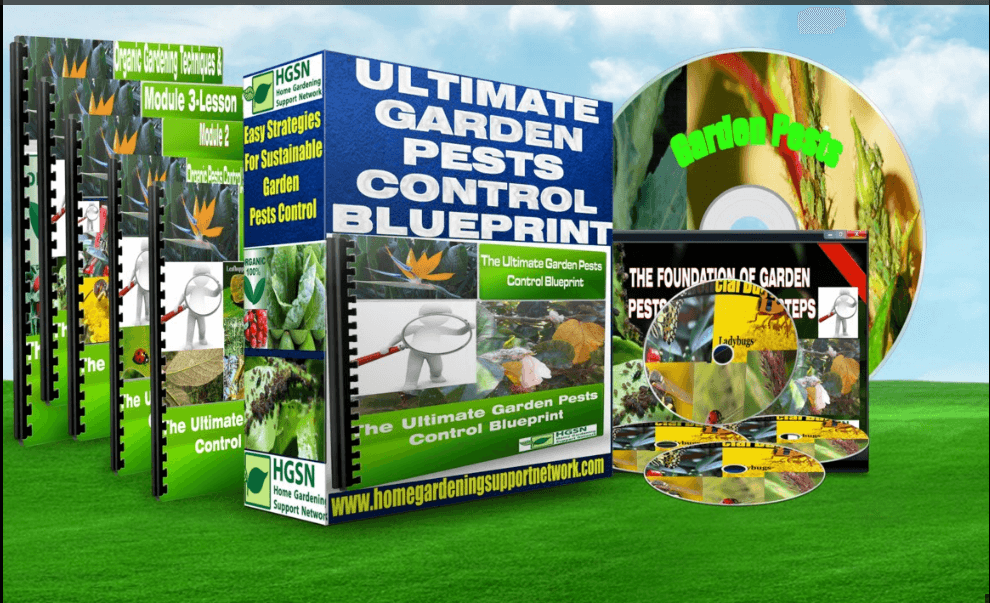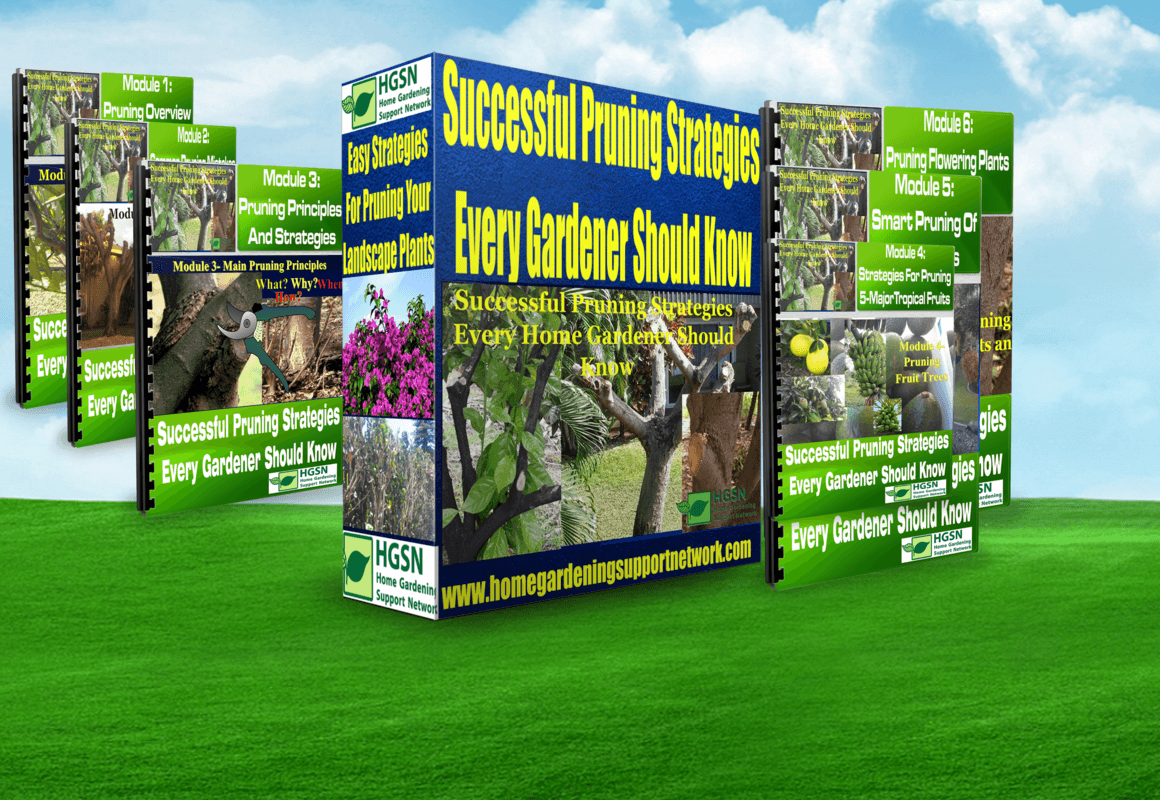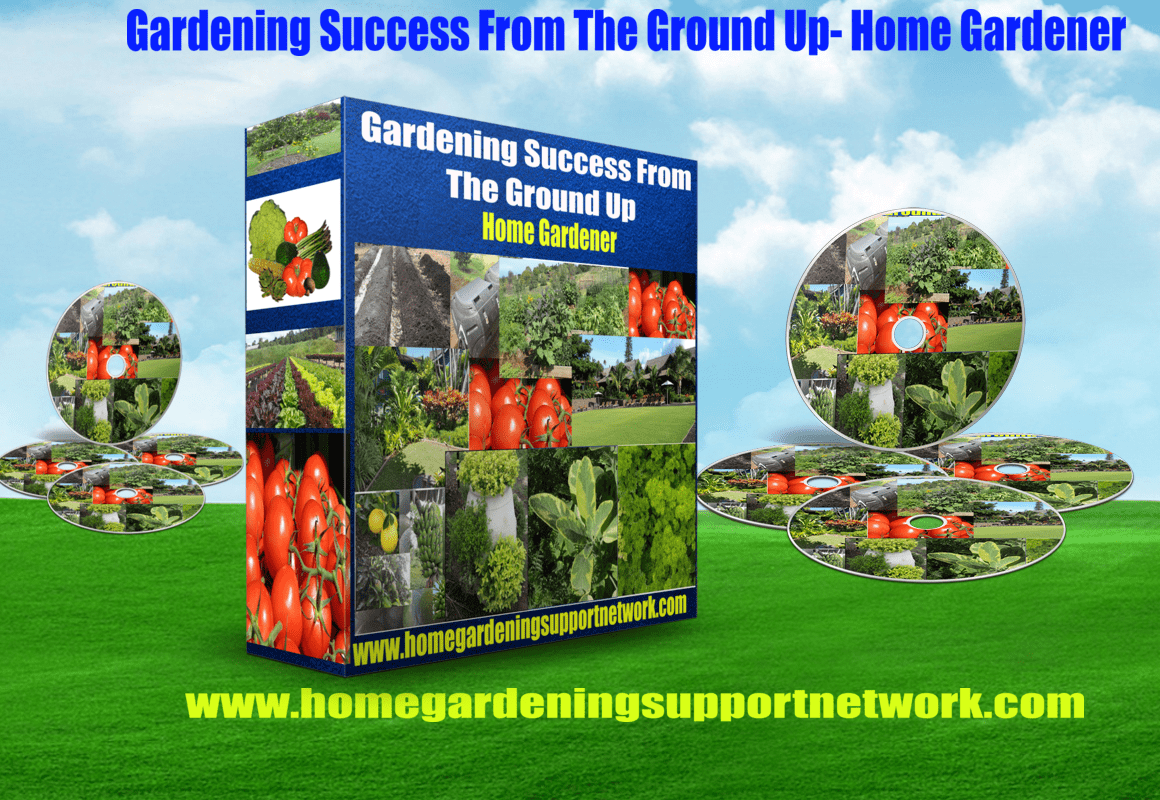Pickleworms are the larvae stage of a small moth which fly mostly at night. It has brown forewings with a distinct pale yellow spot near the center.
Pickleworm caterpillars are well known for their damage on plants in the cucumber family (cucurbits), such as: cucumbers, zucchini, kabocha pumpkin (squash), honeydew melon, and cantaloupe.
The caterpillar feeds on the shoots, buds, flowers, creating shot-holes and tunnels in the vines and fruit.
Young pickleworms often feed among small leaves at the growing tips of vines or within blossoms.
In squash, the larvae hide under the ring of stamens at the base of flowers.
When the fruits are half grown, pickleworms normally bore into the fruits and continue to feed there causing internal damage and producing soft excrement. Both young and old fruits are attacked, but they prefer young fruits before the rind have hardened. Pickleworms make holes in the rind and after it's punctured, the fruit soon rots, or, becomes sour such as in cantaloupes.
With increased infestation young fruits and flowers are damaged. Growing vines become riddled with holes and may cease to grow.

















